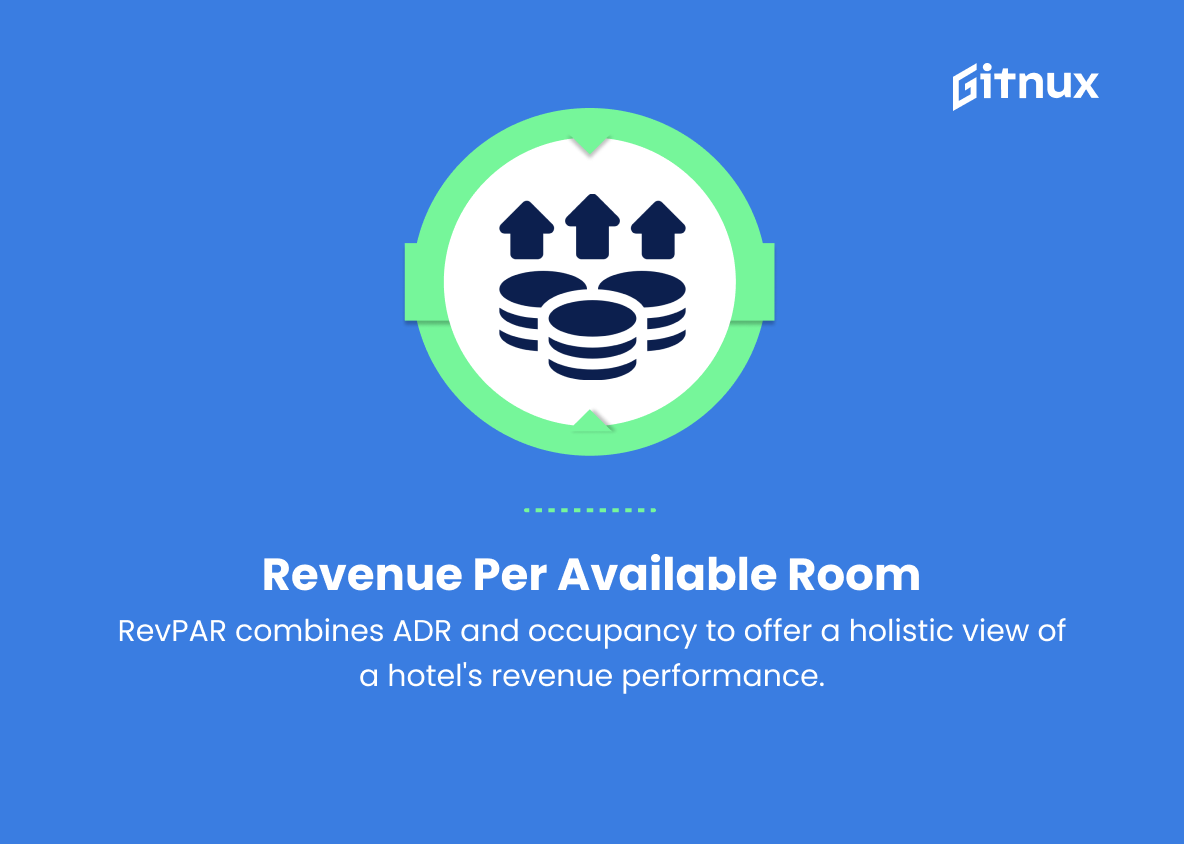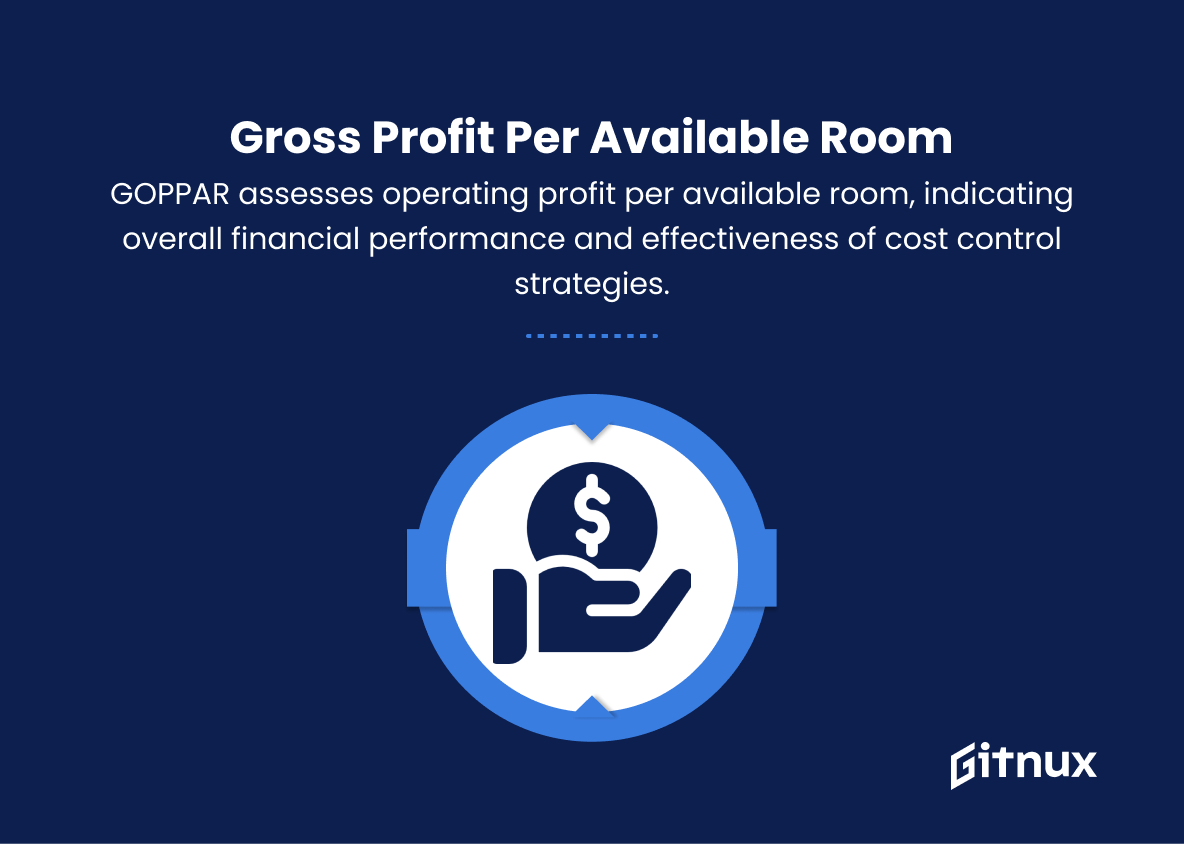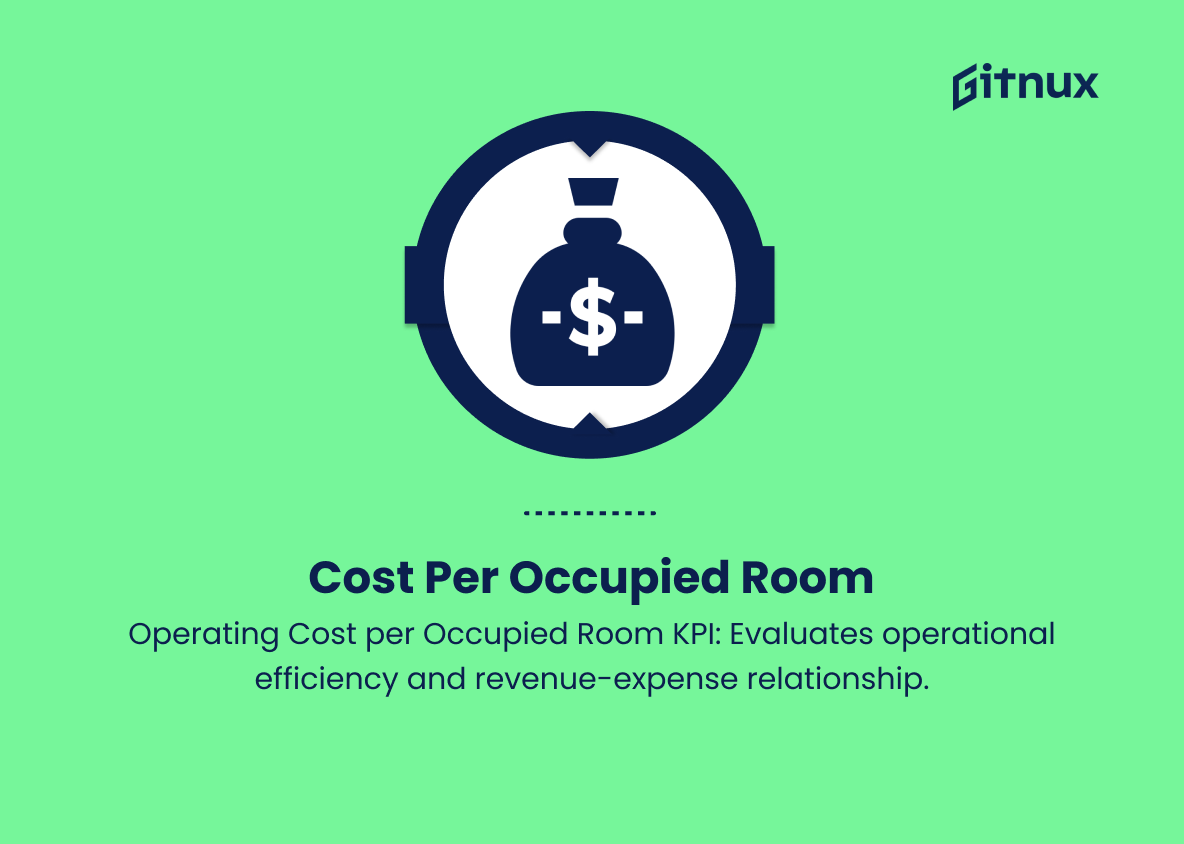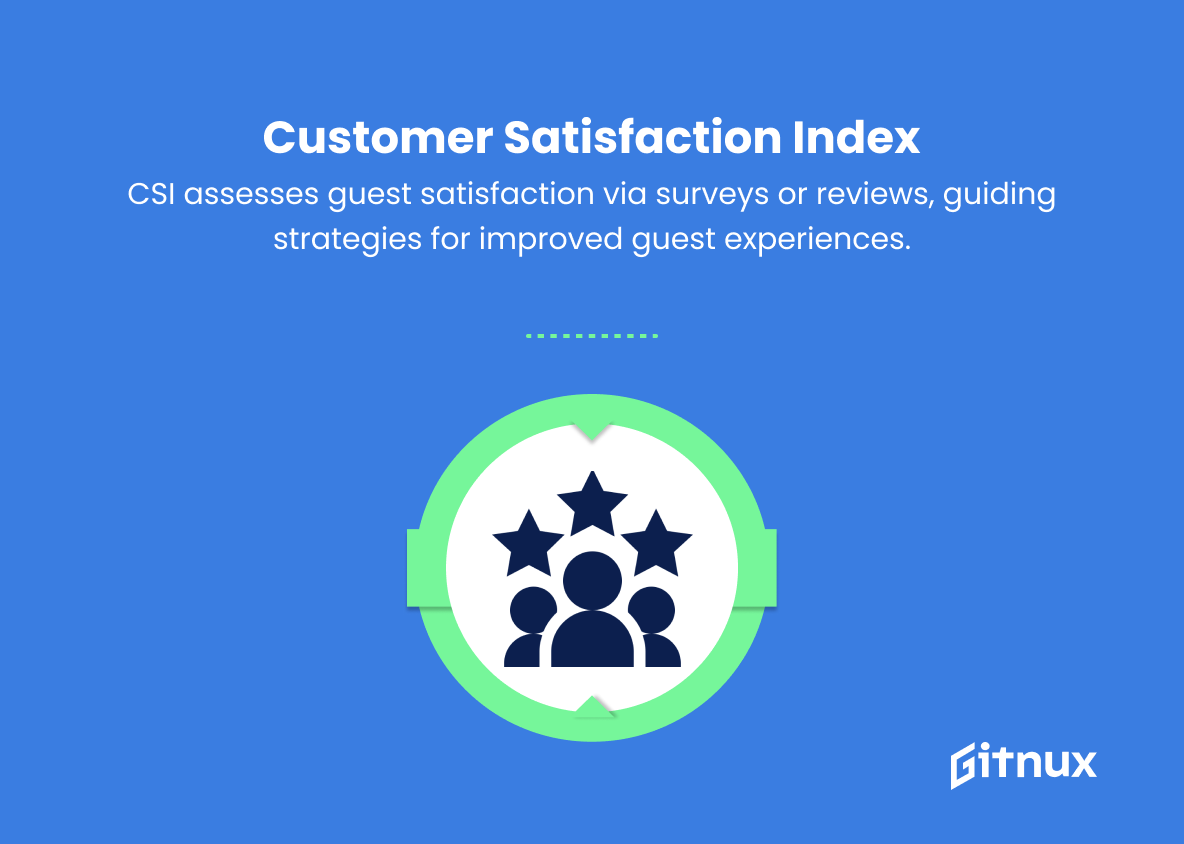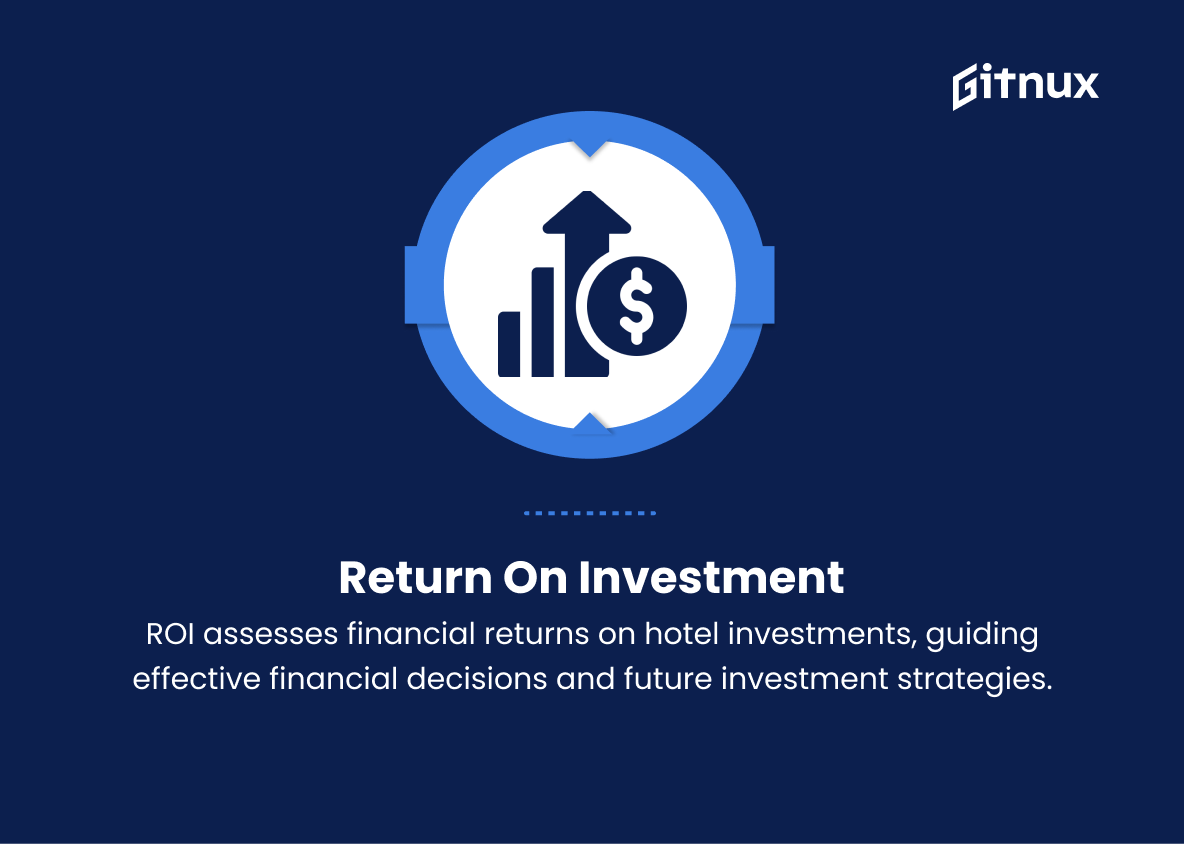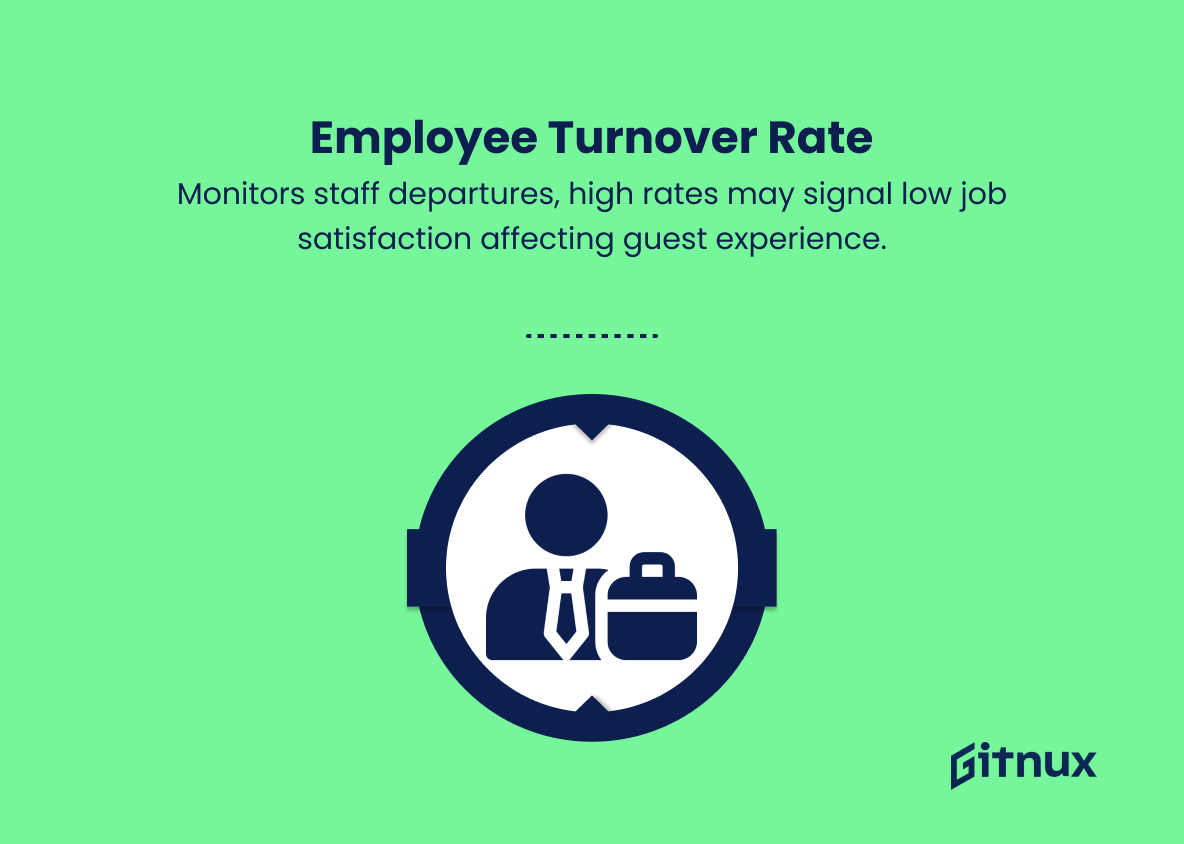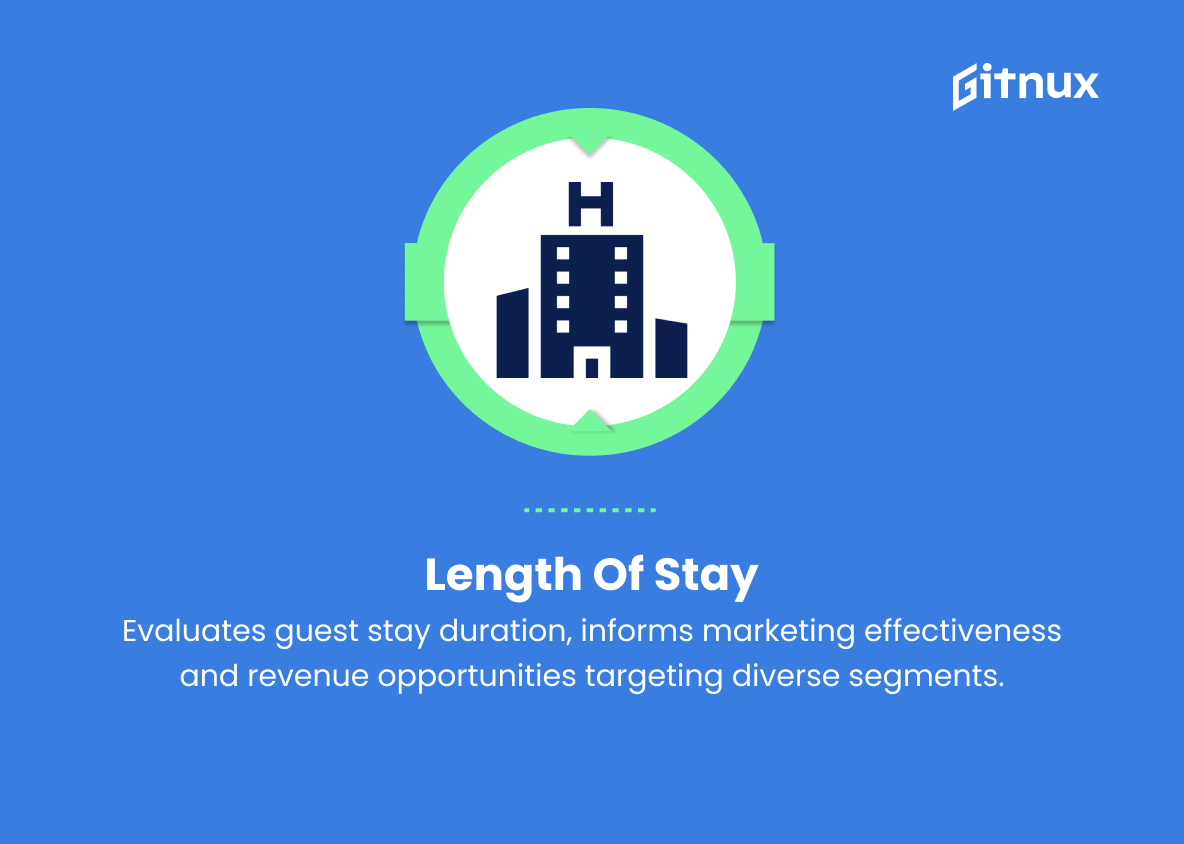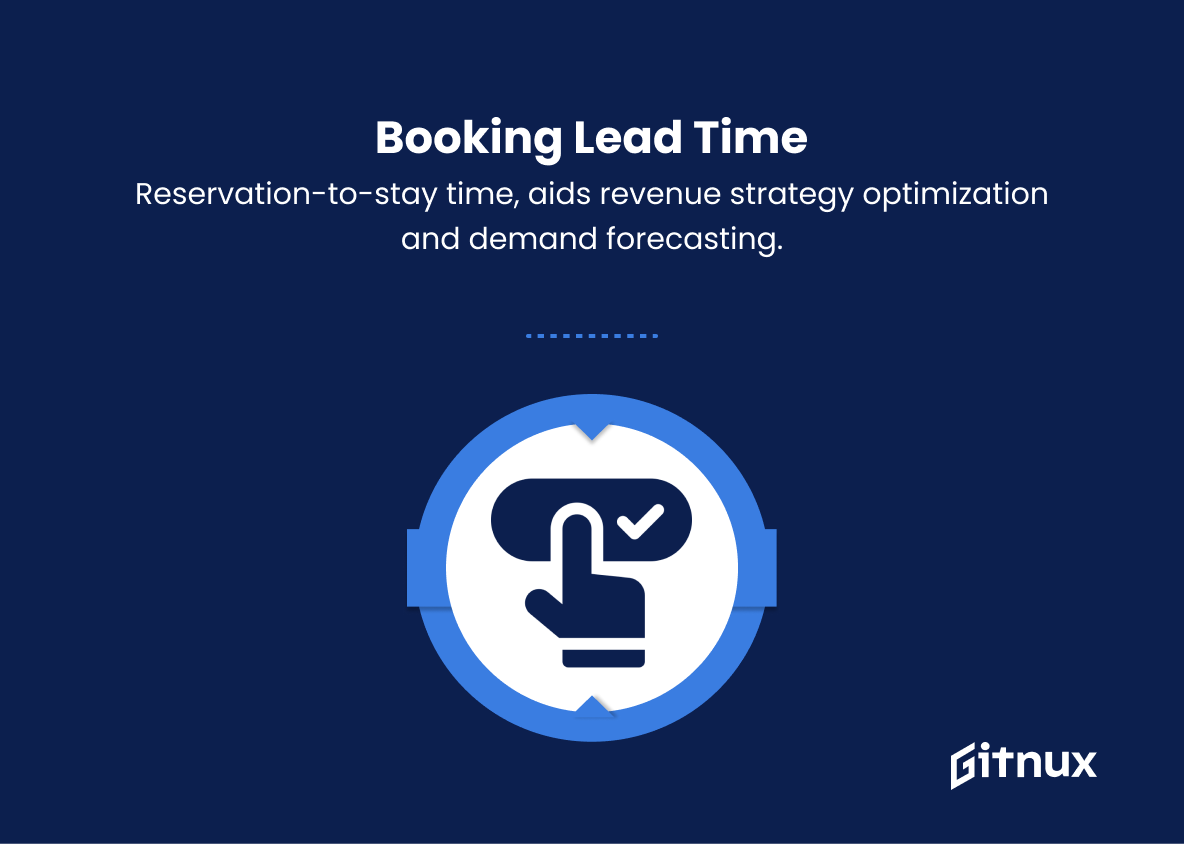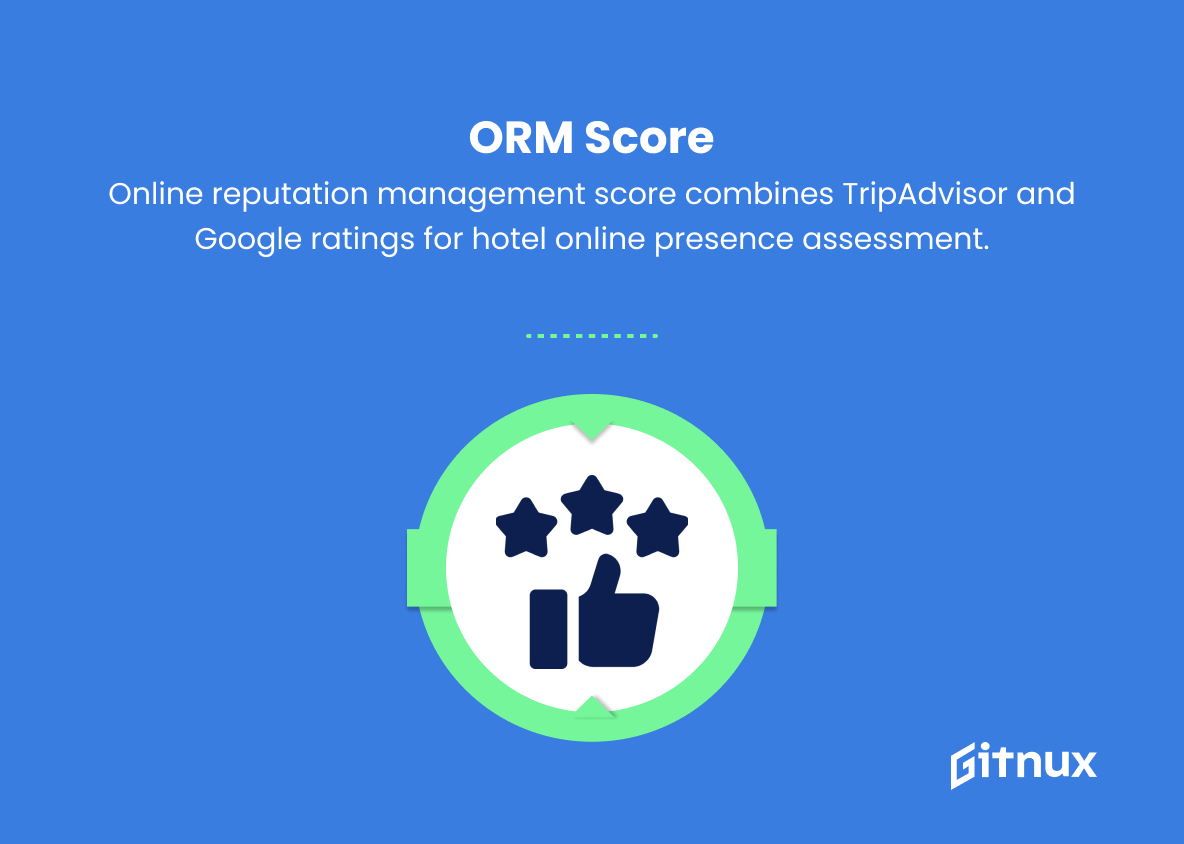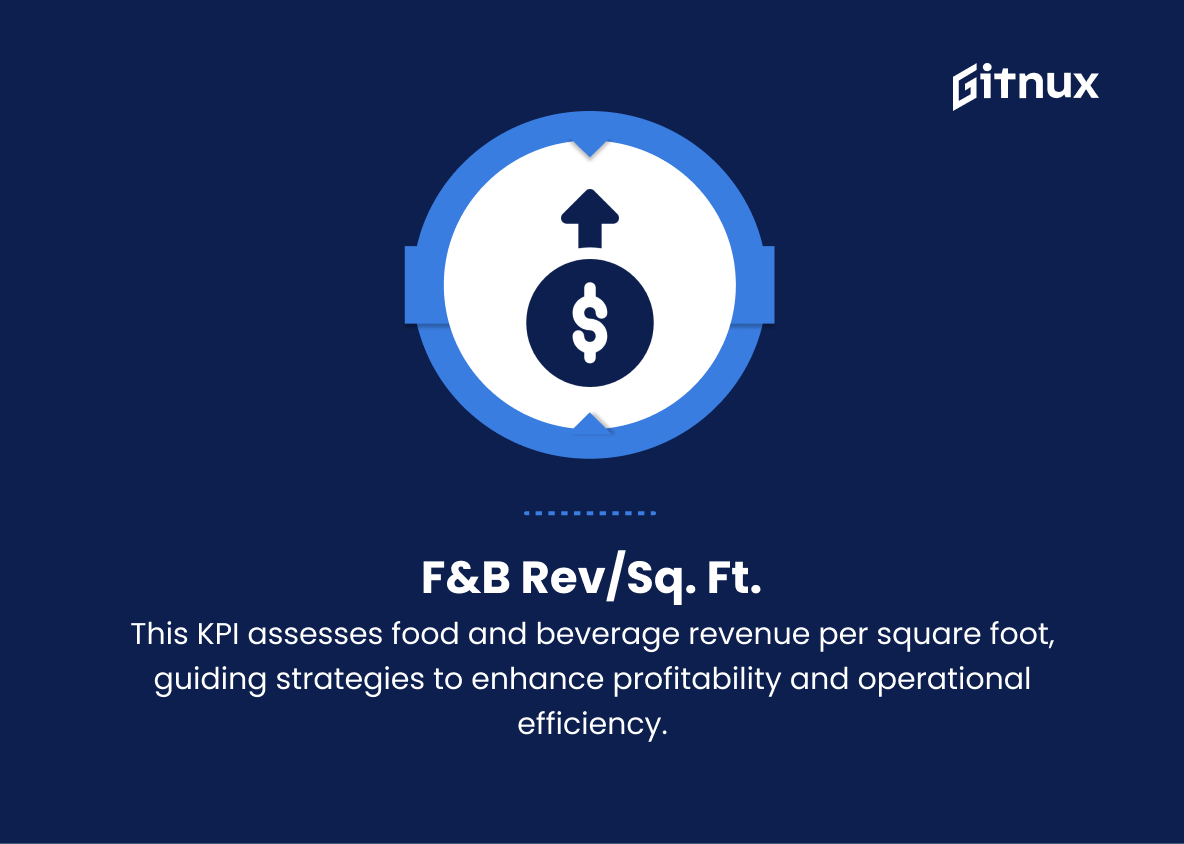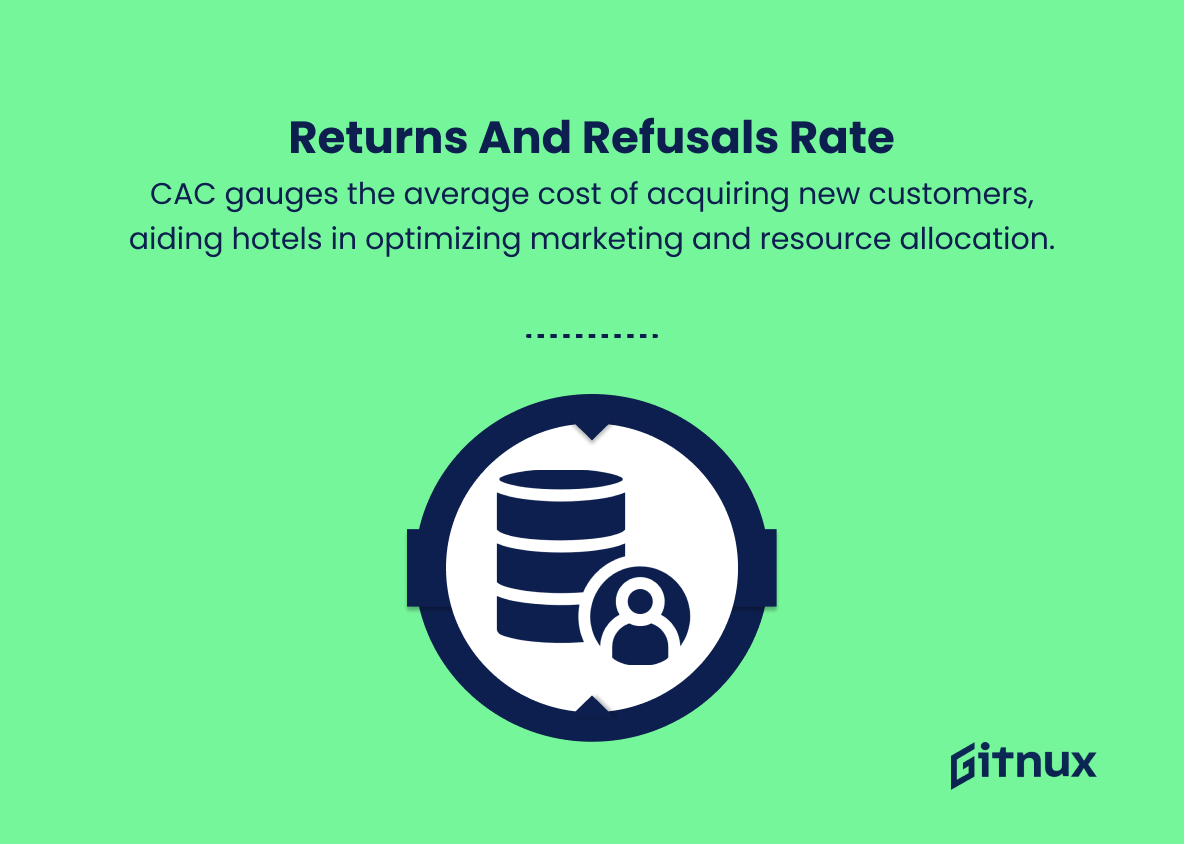In an ever-evolving and competitive landscape, the hotel industry demands a constant focus on optimizing performance and continually exceeding guest expectations. To ensure long-term growth, profitability and operational efficiency, hoteliers must keep a close eye on key performance indicators (KPIs). These measurable values act as a vital compass, guiding decision-making processes and illuminating opportunities for improvement.
In our latest blog post, we explore the crucial KPIs shaping the hotel industry, and reveal how tracking and analyzing these metrics can play an instrumental role in driving success, profitability and guest satisfaction. Join us as we delve into the world of Hotel Industry KPIs and uncover the knowledge you need to stay ahead in this dynamic sector.
Hotel Industry KPIs You Should Know
1. Average Daily Rate (ADR)
The ADR measures the average rental revenue earned for each occupied room per day. It helps assess the hotel’s ability to attract higher-paying guests and highlights pricing strategy effectiveness.
2. Occupancy Rate
This KPI measures the percentage of occupied rooms during a specific time period. It helps evaluate how effectively the hotel is selling its room inventory and indicates the overall demand in the market.
3. Revenue per Available Room (RevPAR)
RevPAR is calculated by multiplying ADR by the occupancy rate. It combines room rates and occupancy levels, providing a comprehensive picture of a hotel’s revenue performance.
In an ever-evolving and competitive landscape, the hotel industry demands a constant focus on optimizing performance and continually exceeding guest expectations.4. Gross Operating Profit per Available Room (GOPPAR)
GOPPAR measures the operating profit generated for each available room. It helps evaluate the hotel’s overall financial performance and can be used to judge the effectiveness of cost control strategies.
5. Cost per Occupied Room (CPOR)
This KPI evaluates the operating costs incurred for each occupied room. It highlights the efficiency of the hotel’s operations and illustrates the relationship between revenue and expenses.
6. Customer Satisfaction Index (CSI)
CSI measures guest satisfaction levels based on survey responses or online review scores. It helps understand how well the hotel is meeting guest expectations and guides strategies to improve guest experiences.
To ensure long-term growth, profitability and operational efficiency, hoteliers must keep a close eye on key performance indicators (KPIs).7. Return on Investment (ROI)
ROI measures the financial return on investments made by the hotel, whether it’s facility improvements or marketing campaigns. It helps evaluate the effectiveness of financial decisions and guides future investment strategies.
8. Employee Turnover Rate
This KPI tracks the number of staff members who leave the hotel during a given period. High turnover rates can indicate low employee satisfaction, which negatively impacts the guest experience.
9. Length of Stay (LOS)
LOS measures the average number of nights a guest stays at the hotel. It helps evaluate the effectiveness of marketing strategies targeting different guest segments (e.g., leisure travelers, business travelers) and determines potential revenue opportunities.
10. Booking Lead Time
This KPI measures the time between when a reservation is made and the guest’s actual stay. Understanding booking lead time trends can help hotels optimize revenue management strategies and foresee future demand.
11. Market Penetration Index (MPI)
MPI helps hotels compare their occupancy and ADR to their competitive set. A high MPI indicates the hotel is capturing a greater share of the market, reflecting a strong competitive position.
12. Online Reputation Management (ORM) Score
The ORM score combines review ratings from various online platforms, such as TripAdvisor and Google. It helps hotels evaluate their online presence and understand the effectiveness of reputation management strategies.
13. Food & Beverage (F&B) Revenue per Available Square Foot
This KPI measures the revenue generated from F&B services per available square foot of F&B areas. It assesses the efficiency of F&B operations and guides strategies to increase revenue and profitability.
14. Customer Acquisition Cost (CAC)
CAC measures the average cost incurred in acquiring a new customer, considering marketing and sales expenses. It helps hotels optimize marketing strategies and allocate resources effectively.
Hotel Industry KPIs Explained
Hotel industry KPIs play a crucial role in assessing the performance, efficiency, and overall success of a hotel. The Average Daily Rate (ADR) is an important indicator of a hotel’s ability to attract high-paying guests and the effectiveness of its pricing strategy. In conjunction, the Occupancy Rate showcases the hotel’s effectiveness in selling its room inventory and reflects market demand. Combining these two KPIs, Revenue per Available Room (RevPAR) provides a comprehensive picture of a hotel’s revenue performance. Gross Operating Profit per Available Room (GOPPAR) examines a hotel’s financial performance and the effectiveness of cost control strategies, while Cost per Occupied Room (CPOR) highlights the operational efficiency and the relationship between revenue and expenses.
To ensure positive guest experiences, the Customer Satisfaction Index (CSI) measures guest satisfaction levels, guiding strategies for improvement. Return on Investment (ROI) evaluates the effectiveness of financial decisions, helping hotels make informed choices for future investments. Employee Turnover Rate provides insight into employee satisfaction, which directly impacts the guest experience.
Length of Stay (LOS) assesses the effectiveness of marketing strategies targeting different guest segments and potential revenue opportunities. Booking Lead Time helps optimize revenue management strategies and anticipate future demand. The Market Penetration Index (MPI) enables hotels to compare their performance against competitors, determining their position in the market. The Online Reputation Management (ORM) Score evaluates a hotel’s online presence and reputation management strategies.
Additionally, Food & Beverage (F&B) Revenue per Available Square Foot measures the efficiency of F&B operations and influences the development of strategies to increase revenue and profitability. Lastly, Customer Acquisition Cost (CAC) assists hotels in optimizing marketing strategies and allocating resources effectively. All these KPIs, when monitored and analyzed regularly, help hotels maintain a competitive edge, enhance guest experiences, and ensure long-term success.
Conclusion
In conclusion, the hotel industry must focus on accurately measuring and analyzing Key Performance Indicators (KPIs) to achieve success in an increasingly competitive market. By dedicating time and effort to these KPIs, hoteliers can identify areas that require improvement, assess their performance against competitors, and develop robust strategies for growth.
As we have discussed, occupancy rates, ADR, RevPAR, guest satisfaction scores, and employee engagement are just a few essential KPIs that hotel professionals should pay close attention to. Continuously tracking and optimizing these metrics will ultimately lead to a more profitable and successful hotel brand that can stand the test of time in a rapidly evolving industry landscape.


